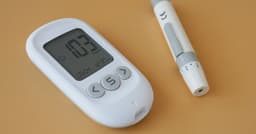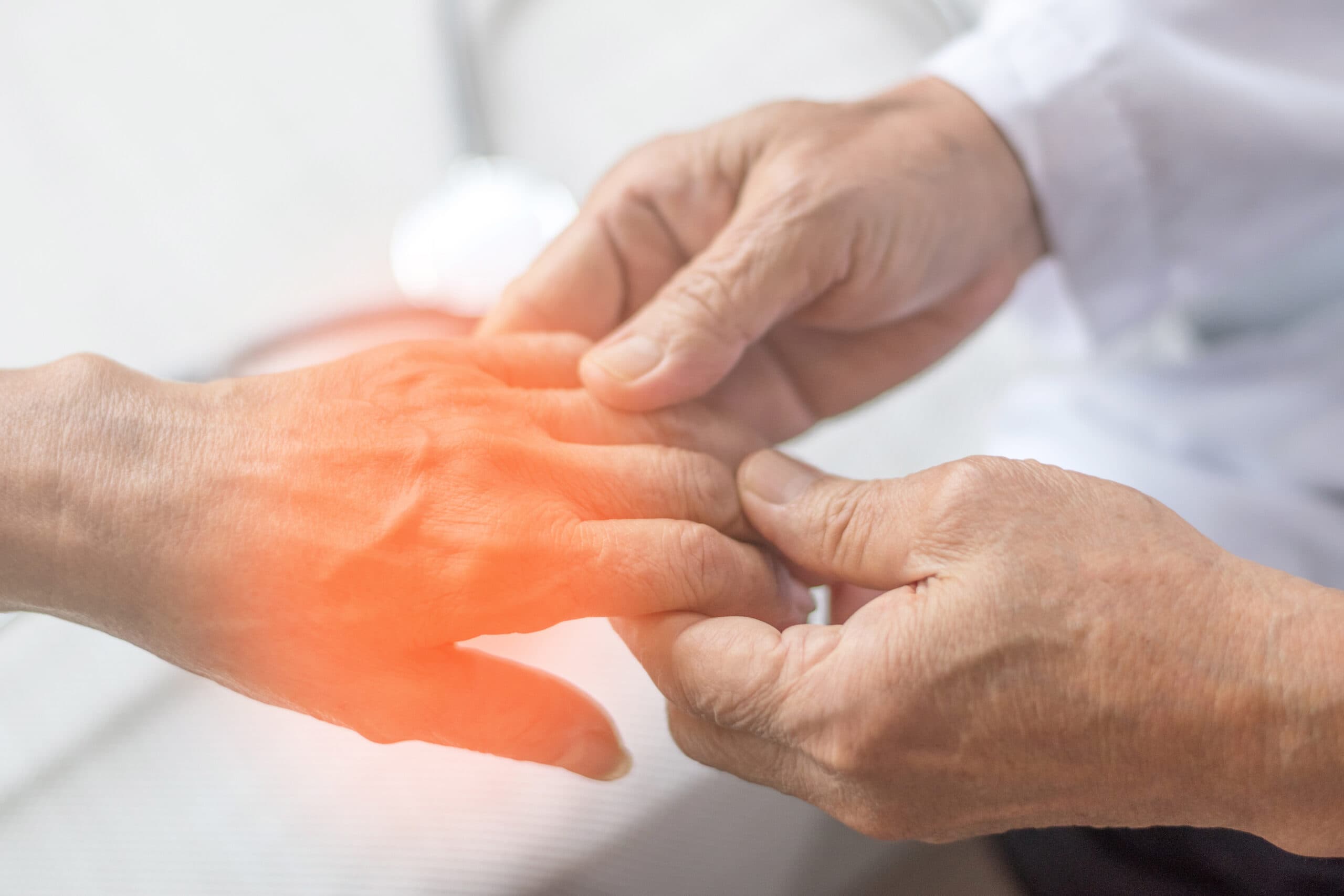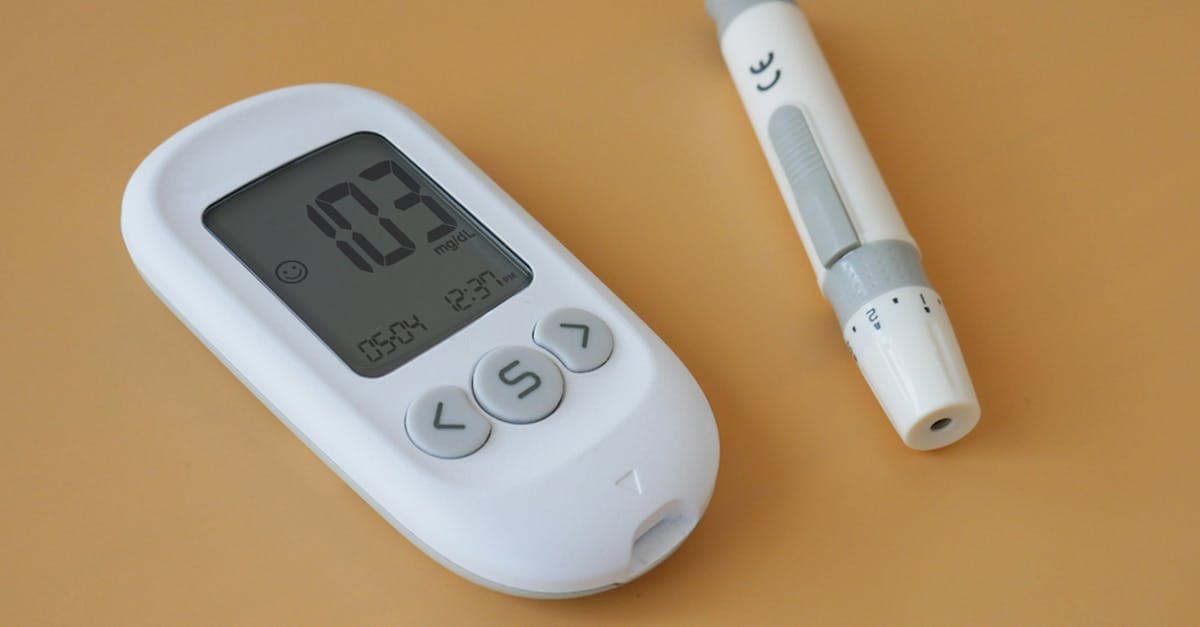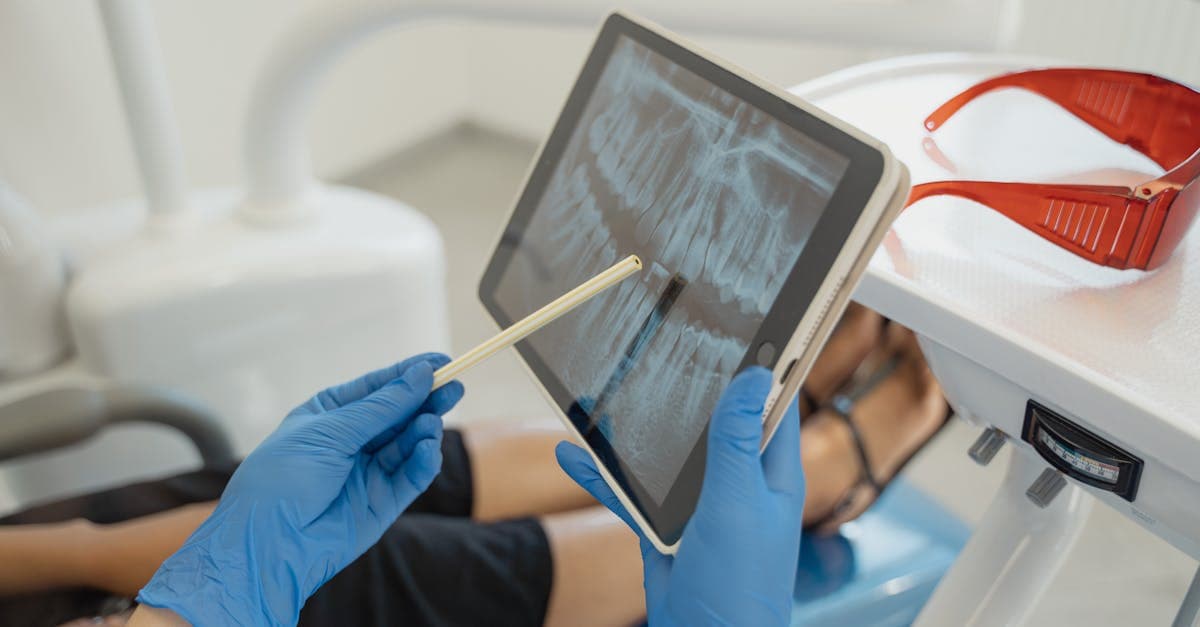Published on:
5 min read
Revolutionizing Lifesaving: The Future of Emergency Medical Devices
The landscape of emergency medical devices is changing rapidly, driven by technological innovations and new healthcare needs. This post explores the transformative potential of these devices in improving emergency responses and saving lives.
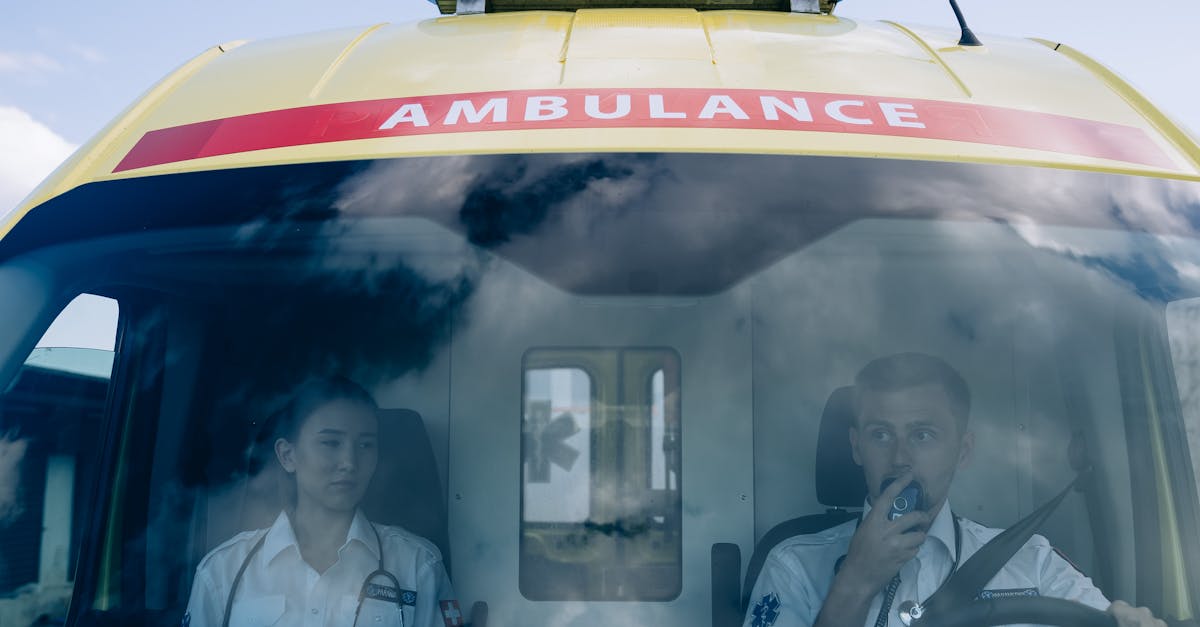
The Rise of Smart Medical Devices
With the integration of IoT technology, smart medical devices are transforming the way emergency services operate. These devices are equipped with sensors that collect vital health data in real-time, such as heart rate, respiratory rate, and oxygen saturation levels. By transmitting this information to emergency responders before they arrive on the scene, smart medical devices enable them to make informed decisions quickly. This advancement not only enhances the efficiency of emergency response teams but could also significantly improve patient outcomes. Moreover, as these devices become more affordable and widely available, we can expect an increase in their adoption in both urban and rural settings.
Telemedicine: Bridging the Gap in Emergencies
Telemedicine is revolutionizing emergency care by allowing healthcare professionals to provide guidance from a distance. In situations where specialized medical expertise is required, telemedicine enables emergency responders to connect with doctors in real time, ensuring that the best possible care is administered on-site. This capability is particularly vital in remote areas where immediate access to medical facilities may not be available. As telemedicine technology continues to advance, features such as augmented reality will allow for hands-on instructions to be delivered, further enhancing the support provided during medical emergencies and streamlining the rescue process.
Drones: Delivering Lifesaving Supplies
The use of drones in emergency medical services (EMS) has gained significant attention in recent years. These unmanned aerial vehicles can navigate tough terrain and swiftly deliver essential medical supplies, such as defibrillators, blood supplies, or medications, to locations that are difficult to access. By substantially reducing the time taken to deliver critical items, drones can play a pivotal role in saving lives during emergencies. Several projects around the world have already demonstrated the efficiency of drone-assisted deliveries in cardiac emergencies, showcasing a future where unmanned vehicles become standard in the arsenal of EMS tools.
Conclusion: A Bright Future for Emergency Care
The future of emergency medical devices is promising, with innovations transforming the way we respond to medical crises. As these technologies continue to evolve and become integrated into everyday healthcare practices, we can anticipate a world where emergency care becomes more effective and accessible, ultimately leading to higher survival rates and better recovery outcomes for patients.
Published on .
Share now!


